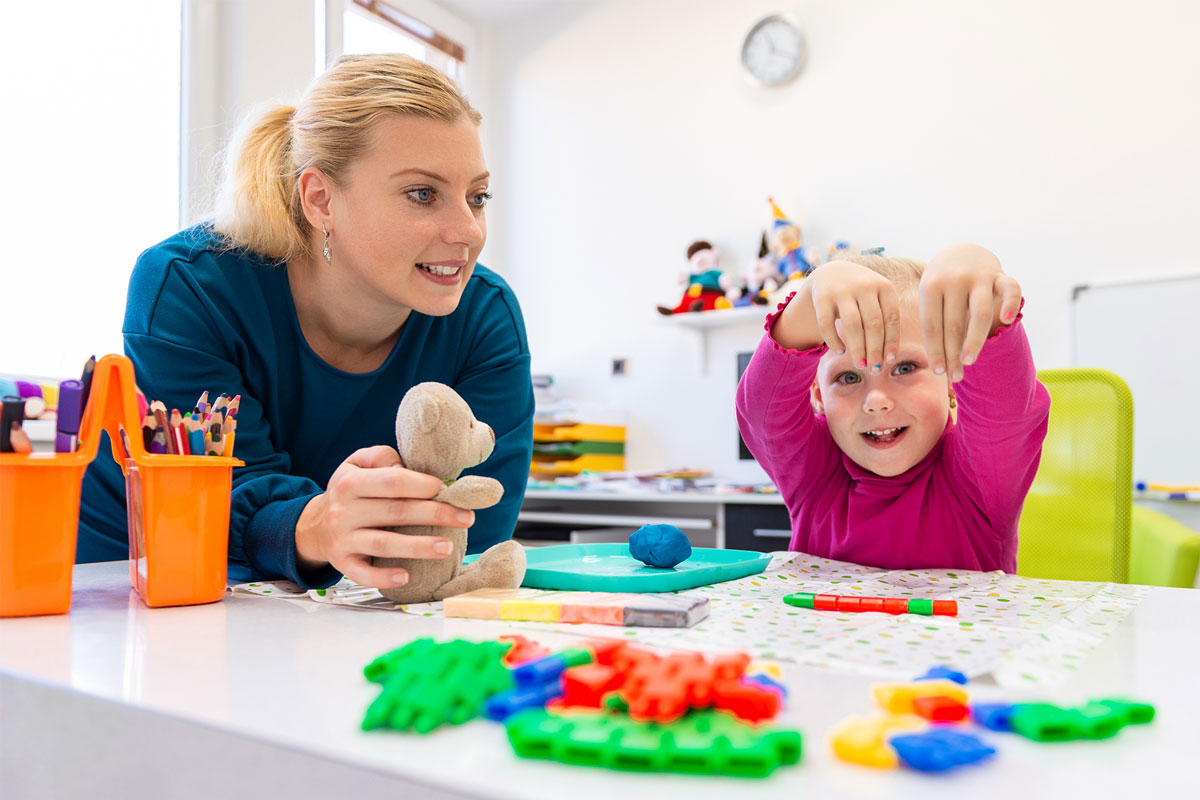
Pediatric occupational therapists help children diagnosed with ASD play, attend their school program, and support themselves to the very best capacity possible. The jobs of children can be broadly classified into three key categories, namely, school and learning, play, and self-care.
The occupational therapist will evaluate a child on the spectrum to assess the extent to which his or her abilities are developed and to determine if or in what manner their challenges are interfering with the task of normal learning processes during childhood.
Play
Coloring, building, puzzles, games, social interaction, exploration.
Self-Care
Bathing, dressing, grooming, self-feeding, family chores, toileting.
Education and Schooling
Drawing, handwriting, typing, cutting, focus and self-regulation, organization.
Being inherently child-centric, occupation therapy interventions are purpose-invented to help children improve their abilities in areas of concern and develop areas of strength. A usual session with the occupational therapist often resembles an extensive and fascinating play scheme. Some of the standard intervention areas are listed below.
Fine Motor Skills
Fine motor skills are helpful in small muscle development, for instance, using fingers to grab and lift small articles.
Visual-Motor Integration
Hand-eye coordination is required in picking up little quantities of food from one’s utensils and bringing the same to the mouth.
Postural Stability and Gross Motor Coordination
These are useful in being able to run, stand, walk, and the development of gross play abilities.
Perception and Cognition
Perception and cognition are needed in problem-solving and thinking, for instance, planning how to get any given content out of a container.
Sensory Processing
Sensory processing is the ability to integrate the incoming information received by various senses, for instance, modifying one’s walk from the water to the sand and boardwalk at the beach on a scorching summer day.
Adaptive Tools, Technological Modifications, and Environmental Improvements
These refer to improvising the environment for executing any given task, for instance, equipping the pencil with a purpose-designed pencil grip so that the child diagnosed with ASD is able to hold it in a secure manner for writing.
CASE strives to help every child diagnosed with Autism Spectrum Disorder or ASD to rise above their limitations and lead a meaningful life by sharing its research data with their immediate families.
Schedule a consult today or request a call-back now to know more.